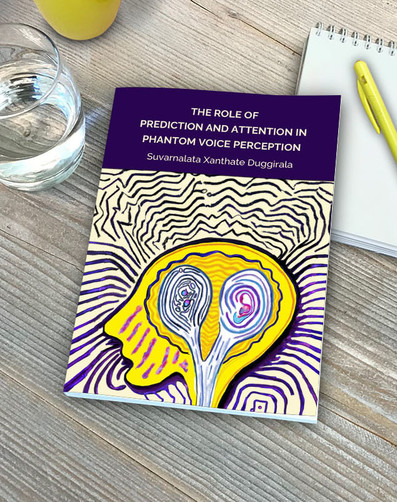
This PhD research aimed at understanding why some people hear voices when no one is talking to them, and is rooted in theories that attempt to explain voice hearing as: (i) the inability to predict the sensory consequence of self-generated speech that may lead to voice hearing, (ii) the emotional quality of voices that may distinguish clinical from non-clinical voice hearing, and (ii) a continuum hypothesis, which postulates that we all lie on a spectrum from low to high hallucination proneness (HP). Participants' emotional and non-emotional voices were recorded and played back to them while their brain activity was measured. Changes of specific neurophysiological markers (e.g., the N100 suppression effect) were linked to increased proneness to experience hallucinations that showed as changes in sensory feedback processing and the control of attention allocation. These findings support the idea that hallucination proneness varies among individuals, existing on a spectrum from high to low.
Social relevance of the research in the thesis: "This fundamental research presented in the current dissertation is based on the continuum hypothesis, which postulates that we all lie on a spectrum from low to high proneness to hallucinate. While the research does not directly affect any individual specifically, it promotes further research and the following social perspectives:
o The continuum perspective of psychosis gains acceptance and credibility through empirical evidence.
o By specifically focusing on non-clinical individuals with a high proneness to experience auditory verbal hallucinations, researchers can uncover key insights into the mechanisms behind psychosis symptoms, free from the complexities of medication, illness onset, and awareness.
o Evidence from empirical research helps reduce stigma around hearing voices, promoting recognition that different levels of vulnerability exist in everyone."
Download Thesis